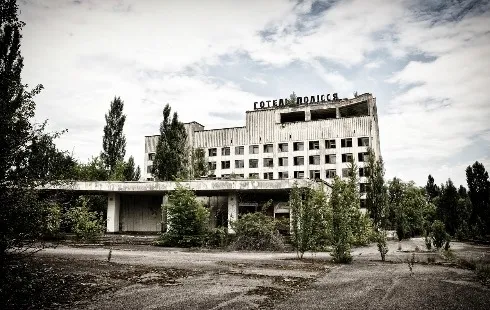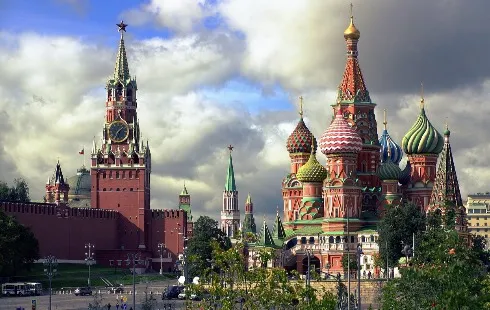
New Regulations Mandate Winter Tires for Trucks for Five Months Annually
Section: News
Fast fashion has reshaped the clothing industry, making style more accessible and immediate than ever before. Over the past two decades, it has transformed how trends are created, distributed, and worn, offering consumers the chance to update their wardrobes almost as quickly as new looks appear on runways or social media. What once took months to move from designer sketches to store shelves can now happen in a matter of weeks or even days.
At its best, fast fashion has democratized style. Shoppers who once viewed the latest runway trends as unattainable can now experiment with colors, cuts, and silhouettes inspired by luxury houses at a fraction of the cost. For young people especially, this immediacy has turned clothing into a tool of constant reinvention, allowing self expression without requiring a large budget. Retailers like Zara, H&M, and Shein have built global empires by tapping into this desire for instant, affordable novelty.
The cultural influence of fast fashion cannot be overstated. The cycle of rapid turnover has created a mindset where clothing is tied not only to personal expression but also to digital life. Social media accelerates the rhythm, encouraging fresh looks for posts, events, or trends that may only last a few weeks. The idea of seasonal wardrobes has given way to weekly arrivals, and shoppers now expect variety and availability at all times.
But this speed comes with challenges. One of the main criticisms of fast fashion is its tendency to promote disposability. Many garments are worn only a handful of times before being replaced by the next trend. This rapid consumption contributes to the growing volume of textile waste worldwide, and although recycling initiatives exist, they are still far from balancing production levels. Some consumers are now turning to second hand shopping, vintage platforms, or rental services as a way to balance trend driven fashion with more sustainable habits.
There are also questions about quality. Fast fashion is designed for affordability and speed, which often means fabrics and stitching are less durable than higher-end or traditional garments. For some, this is acceptable, after all, a dress or jacket might only be worn for one season. For others, it raises concerns about long-term value and whether constantly replacing items really saves money or simply fuels more spending.
Interestingly, the rise of fast fashion has also sparked a countertrend: the return of slow fashion. Independent designers, artisanal brands, and even some luxury labels are emphasizing durability, craftsmanship, and timeless design. For many shoppers, mixing a statement piece from a slow fashion brand with trend driven fast fashion items creates the perfect balance between style and longevity. This coexistence highlights that the industry is not moving in one direction but rather diversifying to meet different consumer needs.
Despite criticisms, fast fashion continues to thrive because it fulfills something essential: the human desire to participate in culture through clothing. Fashion has always been about identity, aspiration, and belonging, and fast fashion simply offers a faster, more affordable way to engage in that conversation. The question now is how the model will evolve as awareness grows about sustainability and quality. Brands are experimenting with more responsible lines, consumers are becoming more selective, and the dialogue around fashion's future is expanding beyond catwalks and into everyday closets.
Fast fashion is unlikely to disappear, but it is already changing. What began as a revolution of accessibility may now be entering a new phaseone where speed and affordability meet innovation, responsibility, and smarter choices. For the modern consumer, the challenge is no longer just keeping up with trends but also deciding which ones are worth embracing and for how long.

Section: News

Section: News

Section: Arts

Section: News

Section: Arts

Section: Arts

Section: Fashion

Section: News

Section: News

Section: News
Health Insurance in Germany is compulsory and sometimes complicated, not to mention expensive. As an expat, you are required to navigate this landscape within weeks of arriving, so check our FAQ on PKV. For our guide on resources and access to agents who can give you a competitive quote, try our PKV Cost comparison tool.
Germany is famous for its medical expertise and extensive number of hospitals and clinics. See this comprehensive directory of hospitals and clinics across the country, complete with links to their websites, addresses, contact info, and specializations/services.
Join us for the Funny Bones MC event in Karlsruhe at Jubez on the 16th of October. Experience an entertaining evening filled with laughter and fun. Whether you're looking to enjoy a night out with friends or seeking a unique experience, this event promises to deliver joy and amusement.



No comments yet. Be the first to comment!